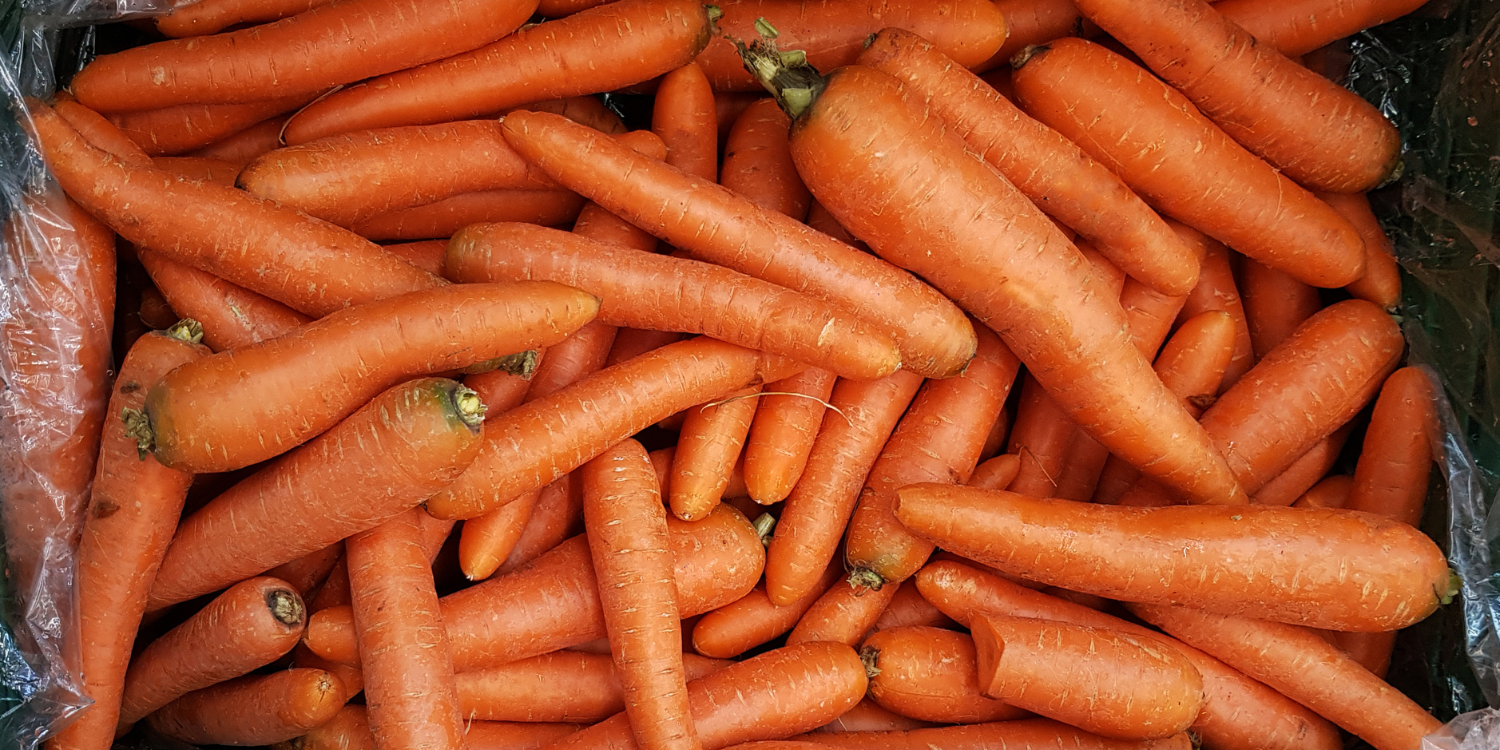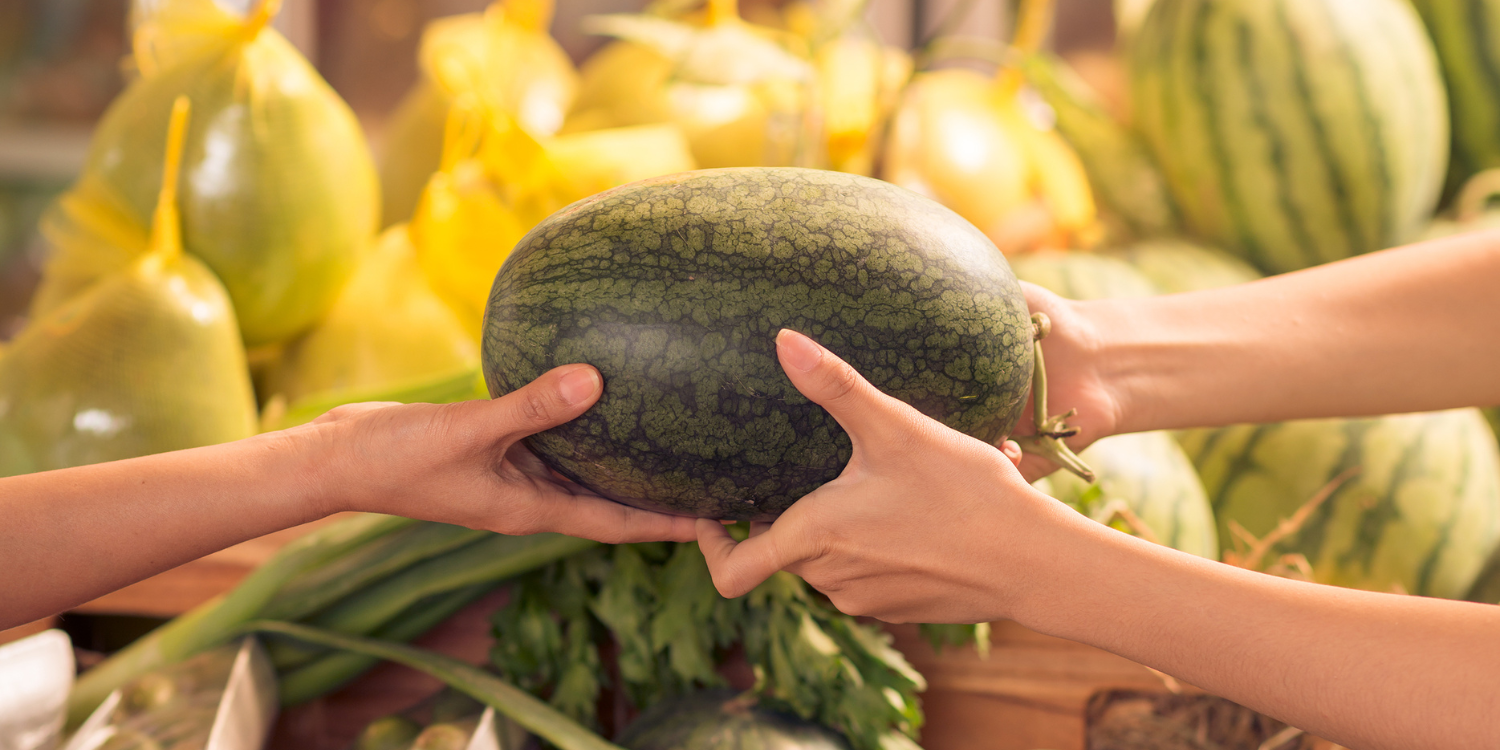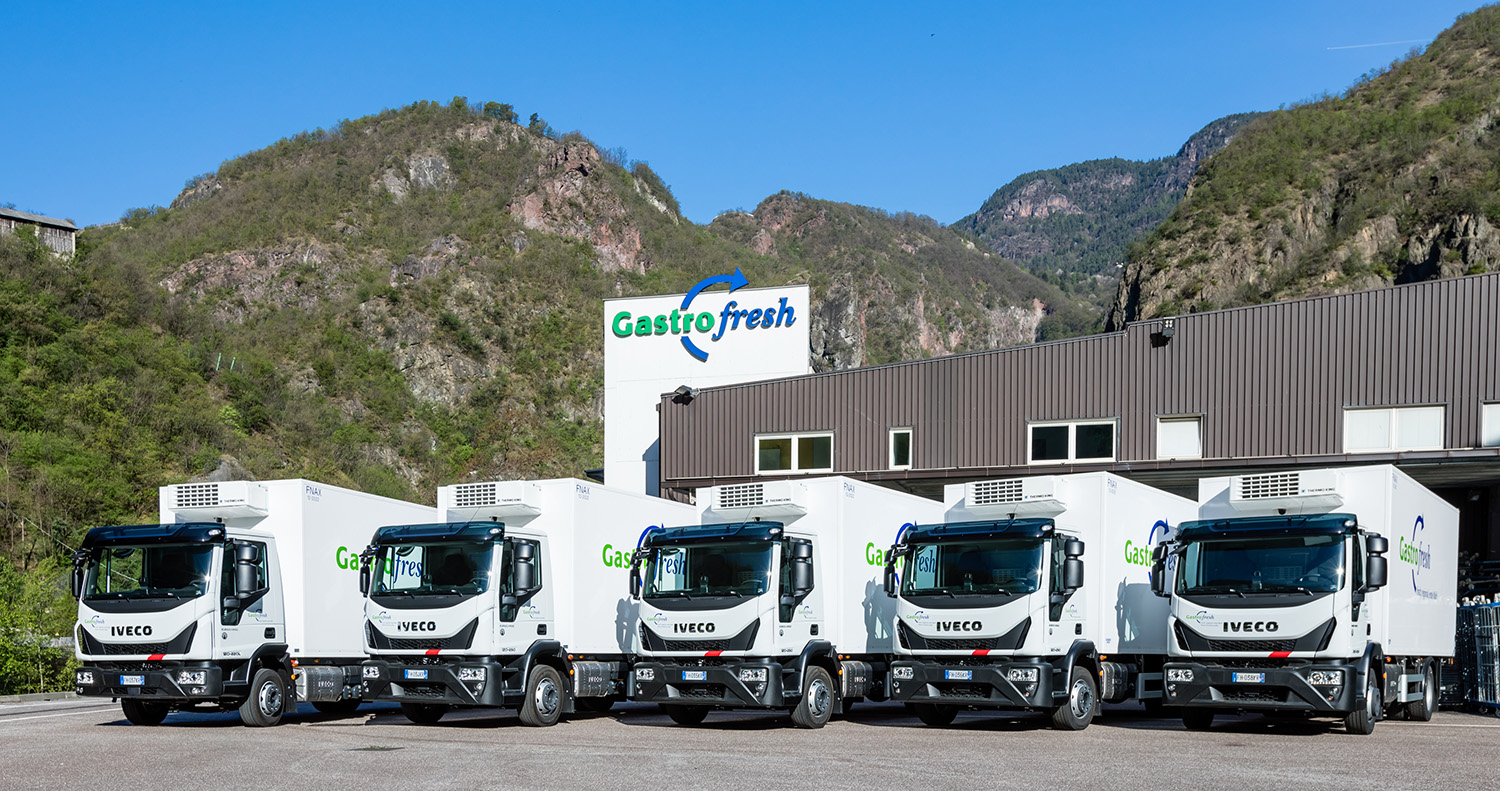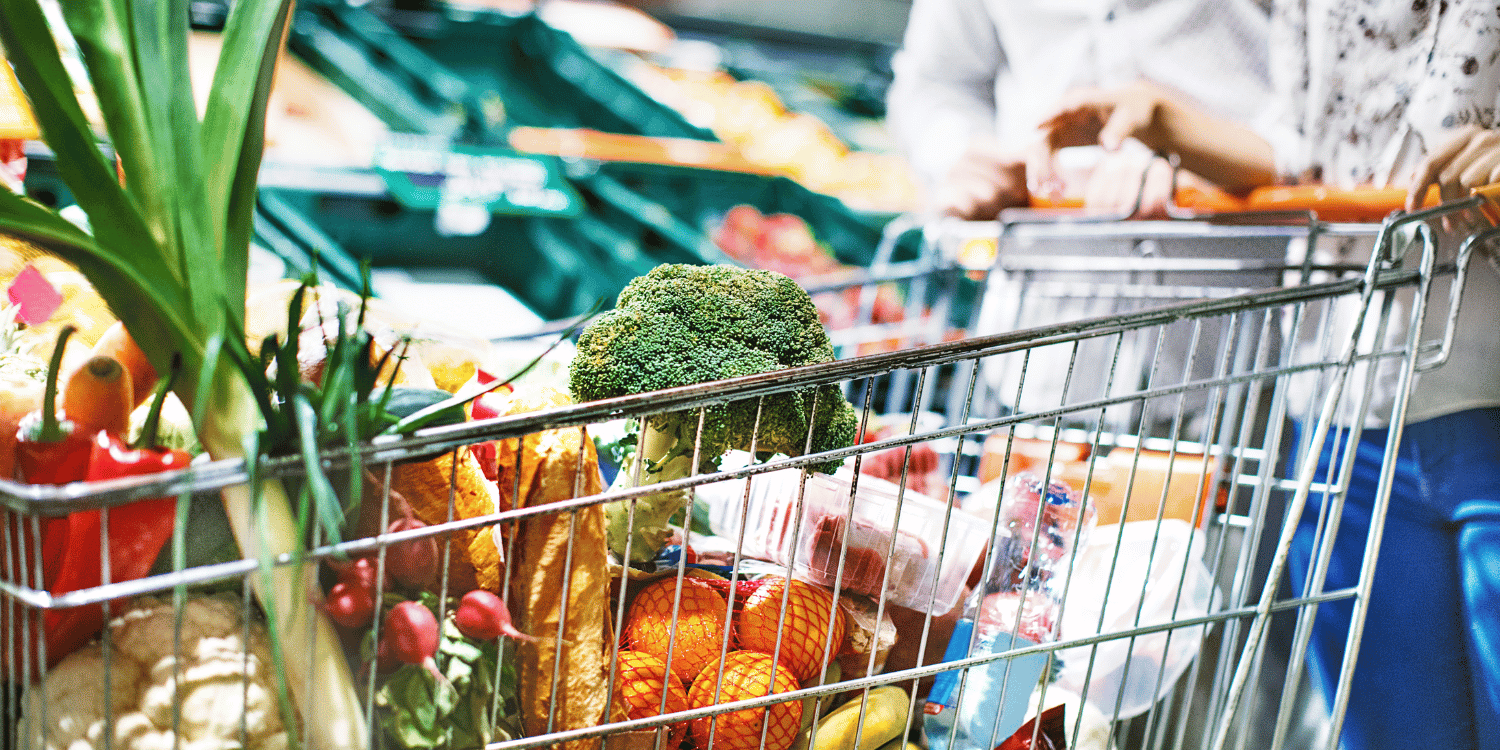Bananas are arguably the most consumed fruit worldwide, making their distribution networks crucially significant.
The factors of production, transportation, and market dynamics all collide in the intricate design of these networks.
The world of banana distribution is surprisingly intricate and complex.
Understanding these networks is important for stakeholders, including growers, suppliers, distributors, and retailers.
This understanding could lead to more efficiency, sustainability, and economic viability for everyone involved.
In this exposition, we unravel the essential channels involved in these networks, their functionality, and their implications.
- Leveraging social media platforms can effectively boost banana sales.
- Packaging plays a crucial role in attracting consumers and increasing banana sales.
- Partnerships with local eateries and cafes can enhance banana consumption.
- Importation and export transport are critical stages in the banana distribution network.
- Wholesale distributors and retail supply chains form the core of the banana distribution network.
There is a wealth of information yet to discover in the following sections of this article. We will set our sights on exploring a broader picture, including the significance of logistics management in ensuring the freshness and quality of bananas reaching consumers.
We will also consider how modern technology can be effectively used to track and monitor banana distribution, with a special focus on the potential of blockchain technology in tracing the supply chain.
Moreover, we will touch upon the critical challenges faced within the banana distribution network and propose potential, practical solutions.
With a clear and detailed exposure, this article will keep you informed and, perhaps, offer some newfound appreciation for the factors involved in getting bananas from the farm to your fruit bowl.
Contents
Key Channels In Banana Distribution Networks
1. Banana Plantations
In Short: Banana plantations, mostly controlled by multinational corporations and located in tropical regions, play an integral role in the banana distribution network, overseeing cultivation, harvesting, and initial packing stages with efficiency and rigorous quality checks. Despite challenges such as disease susceptibility, considerable efforts are made to maintain the health of the plantations and provide a consistent banana supply to the market.
The distribution of bananas begins in its plants, in a simple term, the Banana Plantations.
In examining the channels involved in the delivery of this common fruit to the consumer, the intricate intricate involvement of banana plantations cannot be overlooked.
These are large farms found mainly in tropical regions, where farmers cultivate and harvest bananas on a massive scale.
The plantations primarily determine the initial stages of the banana distribution network as bananas need a specific environment to flourish.
The location of these plantations is strategic for the success of the banana trade, hence these are found majorly in the tropic zone countries such as Ecuador, Philippines, Costa Rica, and Honduras.
It’s noteworthy to know that the control of the plantations is mostly in the hands of multinational corporations who take charge of both the farming and the initial stages of distribution.
Following are some of the main steps involved within the plantation phase:
- Cultivation– The cultivation process of bananas happens all year round owing to the favorable tropical climate. This ensures a steady flow of produce.
- Harvesting– Bananas are harvested while still green. This allows for ease of transport without any damage.
- Packing– The harvested bananas are washed, packed, and made ready for transportation to the next step in the distribution chain.
It’s important to note that these processes are carried out with efficiency and precision.
This is to ensure that only bananas of high quality are sent down the distribution network.
Quality control checks are a stanard operating procedure in these plantations, scrutinizing every banana to ensure meet the market standards.
Upon the completion of these steps, the bananas are then prepared for transport to wholesalers and distributors, marking the end of the first phase of their journey.
Nonetheless, the role of banana plantations in the distribution network is not without its challenges.
Pro Tip: Banana plantations, primarily located in tropical regions such as Ecuador, Philippines, Costa Rica, and Honduras, are large-scale farming spaces where bananas are cultivated and harvested as a crucial part of the fruit’s distribution network, with multinational corporations mostly controlling both farming and initial distribution stages.
One major challenge is the susceptibility of bananas to diseases, which can cause widespread destruction to crops thus disrupting supply.
Effort and resources are poured into ensuring the overall health of the banana plantations, working around these challenges to maintain a consistent supply of bananas in the market.
2. Importation and Export Transport
In Short: The banana distribution network relies heavily on importation and export transportation, involving various components such as exporters, import agents, transportation tools, and trade regulations. The comprehensive system enables bananas to be acquired and transported from their native regions to global markets, ensuring their stature as a popular fruit.
Within the broad expanse of the banana distribution network, a critical cog exists in the form of importation and export transport.
These are activities that engage a broad range of human and logistic efforts.
The pursuit of acquiring and transporting bananas from their native regions to a myriad of far-flung global markets necessitates a well-oiled system of importation and exportation.
Without these important mechanisms, our very perception of a humble kitchen staple might be very different.
To effectively comprehend the complexity and significance of this importation and export process, let’s dissect further into the intricate stages.
Before we embark on this navigation, it’s important for us to appreciate the salient elements which facilitate this entire operation.
The following is a quick enumeration of those components:
- Exporters: These are usually farmers or cooperative societies who export bananas from the plantation.
- Import Agents: Entities within the destination countries with expertize in handling imported goods, ensuring seamless processes through various red tapes.
- Transportation Tools: Includes shipping vessels, trucks, refrigeration systems necessary for preserving the quality of the bananas during transit.
- Trade Regulations: Government enforced laws pertaining to food importation and trade which must be taken into account.
Once harvested, these bananas first journey from the plantation to the local export agent through suitable transportation tools such as trucks.
They then undergo stringent quality checks and, if they pass, get packaged for exportation.
The transport tools play a pivotal role as they need to meet certain temperature control standards to keep the bananas fresh during the journey.
The packaged bananas are loaded onto shipping vessels and set sail towards their respective markets.
In the recipient country, the import agent steps in to facilitate the required custom clearances and other logistical requirements.
The bananas pass through another round of quality checks before being dispatched to the wholesale distributors.
This entire operation undergoes tight supervision to ensure that the end consumers get the best quality product.
No doubt, implementing this whole process efficiently is a demanding task.
However, the deep-seated efficiency of this importation and export transport mechanism plays a profound role in upholding the universality of bananas as a popular fruit.
3. Wholesale Distributors
In Short: Wholesale distributors play a key and multifaceted role in the banana supply chain, managing logistics, warehousing, shipping, and quality maintenance of the fruit from plantations to retailers. Additionally, they are responsible for monitoring market trends, forecasting demand, ensuring sustainability and ethics in their operations, and maintaining cost-effective, efficient transportation to balance the supply and demand chain.
The distribution of bananas at the wholesale level represents a multifaceted and critical component of the overall banana supply chain.
Wholesale distributors act as a strategic intermediary between banana plantations and the retail supply chains, handling the logistics, warehousing and shipping of large volumes of this popular fruit.
Their role extends beyond mere transportation, they are also responsible for maintaining the quality and freshness of the bananas during their transit.
In fact, the ability of wholesalers to efficiently distribute bananas directly impacts the fruit’s availability and affordability in markets globally.
Despite being unseen agents in the banana trade, their role is quite influential and complex.
Wholesale banana distributors manage a unique set of circumstances, including the tropical origin of the fruit and its high perishability.
To optimize their operations and ensure a seamless distribution process, they employ various strategies.
Some of these strategies employed by wholesale banana distributors to get bananas from plantations to consumers are:
- Logistics and Supply Chain Management: This involves everything from coordinating with banana farms and export units to managing storage facilities and transportation.
- Temperature Control: To maintain the quality of bananas, distributors must ensure appropriate temperature conditions during transportation and storage. This is to prevent premature ripening or spoilage of the product.
- Packaging: Designed to protect the fruit from physical harm during transportation, the packaging must also allow for adequate ventilation to prevent moisture build-up and following spoilage.
Whether moving bananas by sea, air, or overland, the distributor’s responsibility is to provide the most cost-effective and efficient transportation between producers and retailers.
Stringent quality checks are another key responsibility, ensuring only top-grade bananas make it to the retail markets.
They additionally assume the tasks of monitoring market trends, forecasting demand and adjusting their supply volume accordingly, crucial for avoiding food waste and maintaining balance in the supply and demand chain.
Pro Tip: Wholesale distributors play a crucial role in the banana supply chain, handling logistics, maintaining quality and freshness, and directly impacting banana’s global availability and affordability.
Moreover, with the rise of conscious consumerism, distributors must also ensure that their operations are sustainable and ethically guided.
Thus, the wholesale distributors’ role in the banana trade is immeasurable, ensuring the smooth transition of bananas from plantations to retail shelves, ultimately reaching the hands of consumers worldwide.
4. Retail Supply Chains
In Short: The retail supply chain plays a pivotal role in banana distribution, ensuring optimal preservation and quality from the wholesale distributor to the consumer through a complex, well-coordinated process. This entails transportation, rigorous quality checks, use of specialized storage facilities, and efficient logistical coordination.
Enabled within the sphere of banana distribution, the retail supply chain represents a critical stage wherein bananas reach from the import ports to the consumers.
Given its indispensable role, comprehending its functionality majorly contributes to our understanding of the overall banana distribution network.
In essence, the retail supply chain is a complex process comprising several key stages.
Let us elucidate the consequential stages involved in the journey of bananas in the retail distribution process.
- Firstly, the bananas are transported from the wholesale distributor’s facility to the retailer.
- Upon arrival, the bananas undergo a series of stringent quality checks before they are accepted and processed further.
- Next, these bananas are stored in large, temperature-controlled storage facilities at the retailer’s location.
- Finally, the bananas are displayed on the shelves of the retail outlets, ready to be consumed by the end consumers.
While this process may appear elementary on the face of it, in reality, it involves numerous minor steps that need to be factored into account for successful execution.
As a case in point, logistical coordination plays an integral role in this entire process.
It is through logistics that retailers can ensure timely transport of bananas without letting the bananas spoil, thereby guaranteeing fresh produce at all times for consumers.
Furthermore, the storage process also demands due attention.
Bananas being perishable commodities, their optimal preservation is of paramount importance; this needs specialized cold storage facilities and personnel trained in the same.
To summarize, the retail supply chain is facilitated through a fine-tuned collaboration of various elements working in tandem.
Pro Tip: Understanding the functionality of the retail supply chain, including logistical coordination, quality checks, storage, and retail outlets, is crucial in maintaining the quality and freshness of bananas from the wholesale distributor to the customer.
It’s not merely about transporting bananas; it’s about maintaining their quality and freshness from the moment they leave the wholesale distributor till they reach the customer.
Beyond every succulent bite of a banana, lies an intricate network of efforts expended in the retail supply chain process.
5. Consumers
In Short: Consumers greatly influence the banana distribution network through their consumption habits, buying power, and ethical considerations. Changes in consumer behavior, including preference shifts and post-consumption habits like waste management, continually shape and adapt the industry.
At the final stage of the banana distribution networks, we encounter the most critical part of the chain: The consumers.
Without a doubt, consumers are the experts who drive demand in the market, thereby dictating what quantity of bananas are produced and distributed annually.
Their consumption habits, preferences, and buying power can significantly influence the banana trade.
For instance, in countries with a strong affinity for bananas, such as the United States and Germany, consumers’ demand could provoke an increase in production or imports.
The way consumers choose their bananas – whether by size, color, or ripeness – can also affect how bananas are grown, harvested, and selected throughout the chain.
Beyond these factors, increasingly consumers are placing value on things like eco-friendly farming practices and fair trade conditions for banana plantation workers.
And this rising ethical consumption can greatly sway the dynamics of banana distribution networks.
Now, let’s dive deeper into the crucial factors that influence consumers’ banana buying decisions:
- Price: As with most food items, a significant factor is cost. Consumers are likely to buy more bananas if the price is lowered, and vice versa.
- Quality: The condition of the banana is also essential. Consumers look out for bananas that are free from bruises or black spots.
- Ethical considerations: Increasingly, anecdotal evidence suggests consumers are ready to pay a premium for bananas grown under fair conditions and sustainable practices.
Each of these factors plays a role in shaping the banana’s journey from a tropical plantation to a consumer’s fruit bowl.
Moreover, changes in consumer behaviour also shape changes in banana distribution networks.
For instance, the increasing preference for online shopping due to the COVID-19 pandemic has led to adjustments in how bananas are packaged and distributed.
Importantly, it’s not just consumption patterns that make a difference. Consumers’ post-consumption behaviour like banana waste management can also impact the banana industry.
Reducing food waste is an important issue, and consumers can contribute to this by better planning their shopping, storing bananas properly, and using overripe bananas rather than discarding them.
Important: Consumers, through their consumption habits, preferences, buying power, and even post-consumption behaviour like waste management, significantly influence all aspects of banana distribution networks, driving market demand and shaping the trade’s dynamics.
All in all, consumers have a significant responsibility and potential to shape the distribution networks to be more competitive and sustainable.
Remember that ultimately, every time we buy a banana, we are making a choice that affects the entire banana distribution network.
The Bottom Line
Banana distribution networks are crucial to ensuring that bananas are safely and efficiently transported from growers to consumers.
The interconnectedness of these channels is the backbone of a system that can influence everything from finance to food security on a global scale.
Achieving efficient distribution requires understanding and managing the complexities of these channels, including the intricacies of logistics, supply chain management, and international trade.
Therefore, any disruption can significantly impact the accessibility and affordability of this essential fruit, underscoring the dynamics and importance of the banana distribution networks.




















